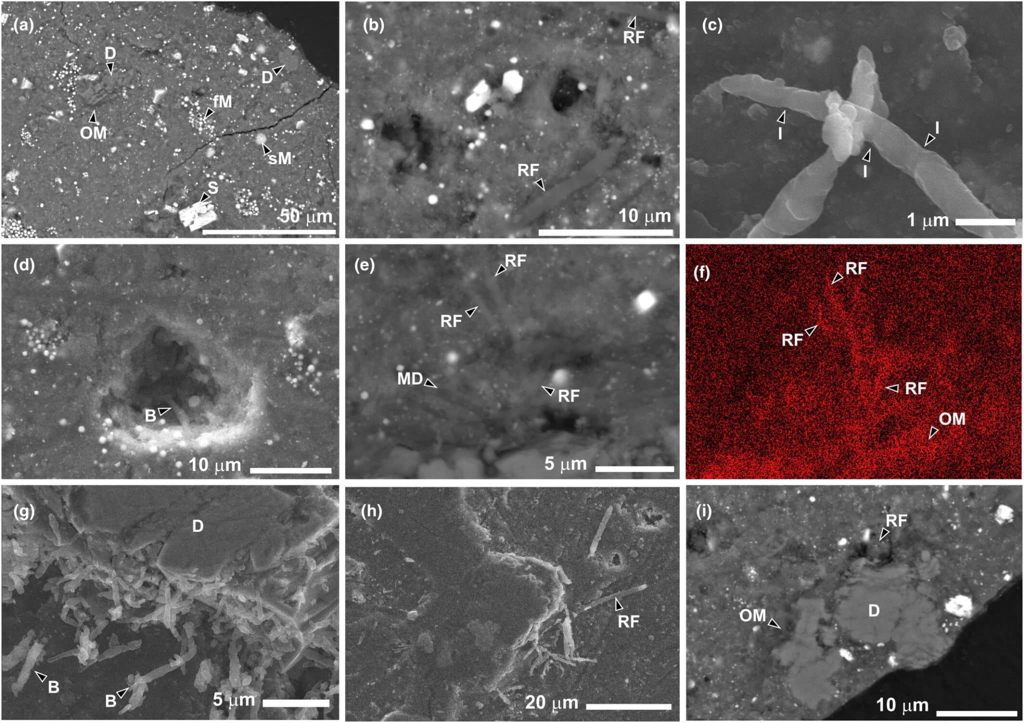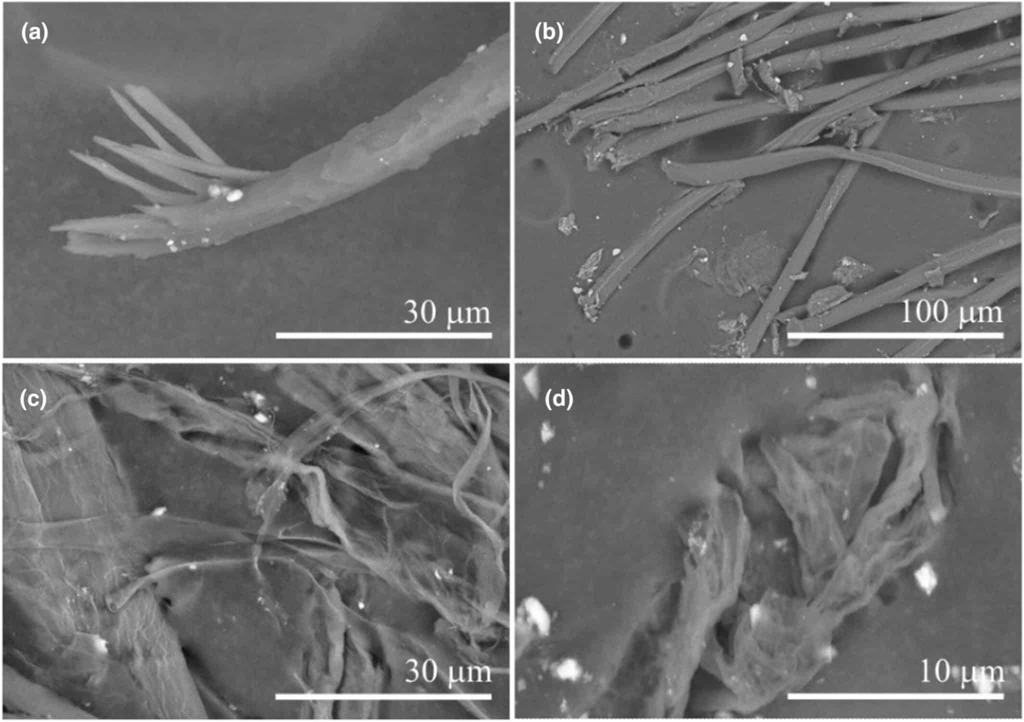Soil samples from the asteroid Ryugu have "infected" with life.
In July 2022, the laboratory at Imperial College London received its share of samples taken from the asteroid Ryugu: a grain of regolith measuring 1 by 0.8 millimeters, designated as A0180. Its value is hard to overstate — in 2019, the Hayabusa-2 probe managed to collect just over five grams of material. After the capsule containing the asteroid samples arrived on Earth at the end of 2020, they were distributed among numerous scientific organizations worldwide.
The instruments of the spacecraft were sterilized, as was the capsule itself. Following its opening, all initial handling of the asteroid material was conducted in a clean room at the Japan Aerospace Exploration Agency (JAXA). The tools used to work with the Ryugu material were also meticulously sterilized. Finally, to store and transport the samples to other laboratories, the grains were placed in clean boxes filled with a nitrogen atmosphere.
However, while analyzing their sample, the staff at Imperial College London discovered organic fibers resembling numerous rod-shaped bacteria. The scientists detailed their investigation of this intriguing finding in an article that is published in the peer-reviewed journal Meteoritics & Planetary Science.

After arriving in the UK, sample A0180 was exposed to the Earth's atmosphere twice. The first exposure occurred immediately after opening the transport container for X-ray computed tomography (XCT). At this stage, there were definitely no microbes on the grain. This indicates that the bacteria did not come from space, but rather colonized the sample while on Earth. The second exposure to air happened in the laboratory two weeks later. At that point, it was coated with a protective layer of special resin before further handling.
It appears that the contamination with terrestrial microbes took place at this moment. On the fifth day after exposure to air, during scanning electron microscopy (SEM), the scientists identified 11 formations that they recognized as bacteria. Five days later, their number had increased to 147. This population growth aligns with the reproduction rates of bacilli in unfavorable environmental conditions. By the 14th day of the study, the bacteria had likely died due to a lack of nutrients.
It is important to note that a genetic analysis of the microorganisms was not conducted. There were too few of them, and they were covered in resin — making extraction impossible. Therefore, their specific type remains unknown. However, the visible threads observed in the SEM images, which exhibit characteristics typical of the boundaries between bacterial cells, are difficult to associate with anything other than bacilli. The researchers compared them to all types of fibers that could have come into contact with the regolith grain — from human hair to materials used for cleaning the sample.

The implications of this discovery are quite disheartening for proponents of the panspermia hypothesis — the idea of life spreading between celestial bodies via freely traveling fragments. It turns out that verifying this hypothesis is much more complicated than previously thought. Terrestrial microorganisms managed to survive and multiply in just a few days under extremely unfavorable conditions in a sterile laboratory on a substrate from the asteroid material that was virtually devoid of nutrients. This suggests that any meteorite showing signs of life almost certainly "acquired" them after landing on Earth. In other words, all previous findings of potential evidence of microorganisms in meteorites may be erroneous.
Finally, the significant issue of the "contamination" of other celestial bodies with terrestrial microbes comes to the forefront. Humanity has already sent dozens of spacecraft to the surface of Mars, and future missions are planned for landings on the moons of giant planets. All of these missions underwent sterilization, but errors are inevitable. It turns out that just one forgotten human hair or "luckily" placed bacterial spores could "gift" another planet or moon with life.